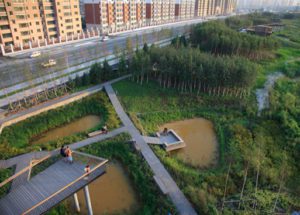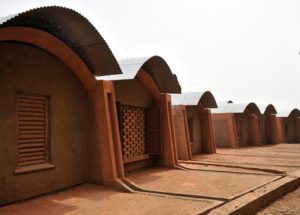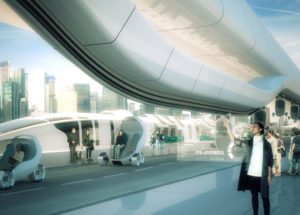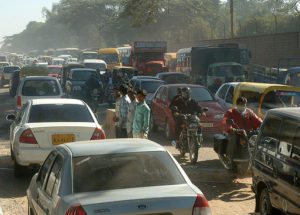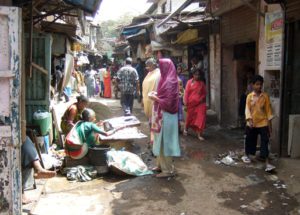Design can be the greatest change agent for development and should be duly established as a must-have intervention for things that range from signages to skywalks, from housing to railways
Much has been discussed about the prime minister’s pet project of building toilets. Corporate India has also responded to Modi call and pledged generous amounts for this sanitation programme. So far, nothing much has been said about how this mega programme will be implemented. Surprisingly, almost nothing has been said about the design of this entire system that will make the idea work and hopefully avoid the usual situation of yet another set of ill-maintained and impossible-to-use toilets.
Why does this sorry state of affairs continue year after year? Either we have been importing ideas that are ill fitted to our society or we are letting things take shape through jugaad, never planning a thing to the last mile. Perhaps the missing link is design. Design is the real turning point of policy into concrete reality, shaping the material culture of a society. Sadly, the popular belief that design is now accepted widely as an innovation tool rather than a profession that merely deals with aesthetics and superficial beauty is grossly misplaced. One has to just take a look at the way our flyovers, bus-stops, stormwater drains and now, perhaps, toilets are designed and constructed.
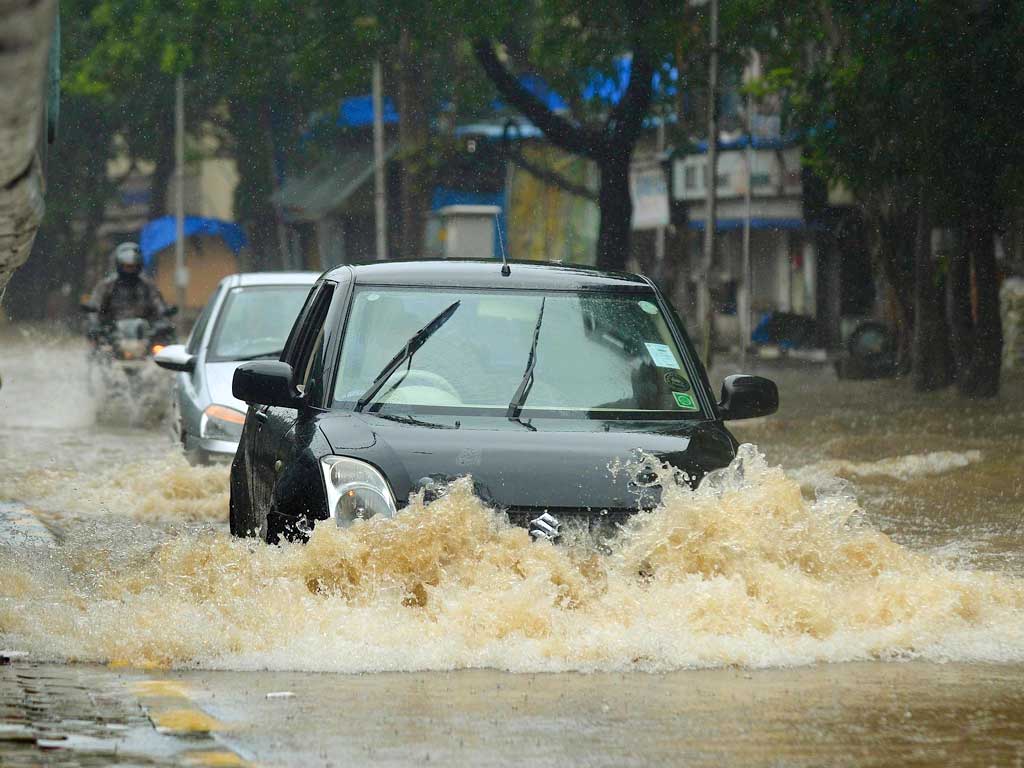
From a designer’s perspective, the sanitation programme turns out to be a fantastic opportunity to make that big difference with the innovation tools that design and ‘design thinking’ have to offer. Will this project be driven through a centrally-issued guideline or each place will have its own design? Will there be a recommendation on the sanitaryware that needs to be bought? What will be the dimensions? Will it have universal access and provision to accommodate special needs? Can some basic unit be centrally shipped so that there will be an in-built uniformity that can be easily achieved? Can this centrally-shipped unit make construction pretty much hassle-free? How will we make this unit easily cleanable and wear and tear resistant? Can local masons easily make this work? How can we plan low-cost-yet-effective illumination that makes it safe and convenient to use? How should the sewerage system be planned around it? What kind of soaps and soap dispensers should be used? What kind of sinks should be used? How to account for ergonomic requirements for age and gender? Can some smart technologies monitor violations?
The list gets fairly complex and the solutions might not be so easy to come by. But seemingly insurmountable problems can be broken down and rearranged to find ways that are relevant in our context and still remain completely innovative. Design can be the greatest change agent for development and should be duly established as a must-have intervention through qualified professionals for things that range from signages to skywalks, from housing to railways.
Recently, the government recognised the National Institute of Design as an institute of national importance. Here’s praying that designers will be employed for ideas of national importance when it comes to devalaya and shauchalaya and everything in between.

